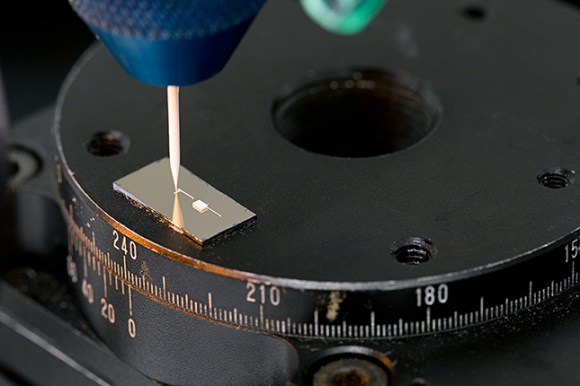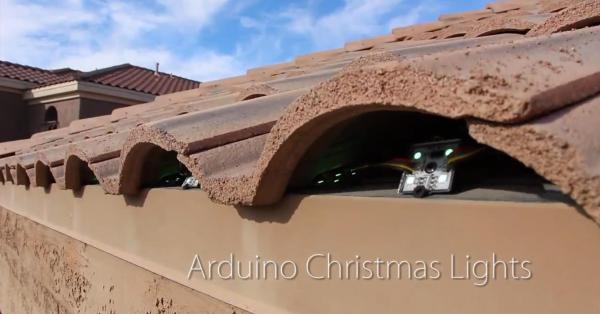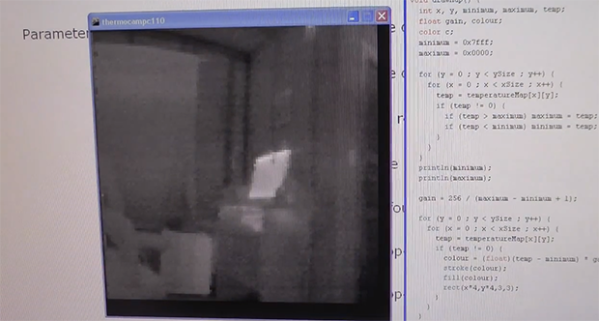The people who go nuts over 3D printed guns are going to have a field day with this one. It’s a shotgun and ammo built entirely from items you can purchase after passing through airport security. Now look, obviously the type of folks who read Hackaday understand that security in any form is something of an illusion. House keys don’t keep people from breaking into your home. Encryption doesn’t keep the government from looking over your shoulder. And no level of security screening can eliminate every possible hazard. So let’s just enjoy this one for the fine act of hacking that it is.
[Evan Booth] put his mind to work on the items you can buy at the stores inside of an airport terminal. Above you can see the diagram of all the parts. The break action accepts a Red Bull can that acts as the cartridge for the shotgun (our calculations put this at just under 0.25 Gauge). The bottom of the can contains water separated from Lithium metal (from cellular phone accessories?) by a condom. When the nonet of 9V batteries are connected to the heating element from the hair dryer it melts a hole in the prophylactic, mixing the water with the metal causing a reaction that propels pocket change as the projectile. The video after the break shows that this does take a while… perhaps 10 seconds from the time the trigger is pulled. Oh, and you might not want to be holding the thing when it goes off. We’d say the firearm can barely contain the explosion.
If you like this (or were horrified by it) [Evan’s] got a whole collection of weapons built inside the airport terminal. For those that care, here’s a link to the most recent of 3D printed gun posts which we referenced earlier.
Continue reading “Newsstand Shotgun Hack Poised To Further Ruin Air Travel”


















